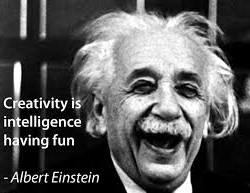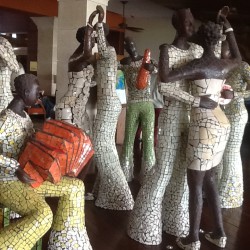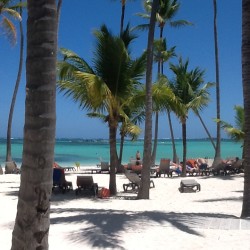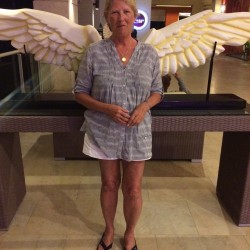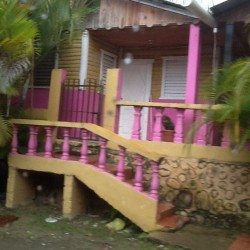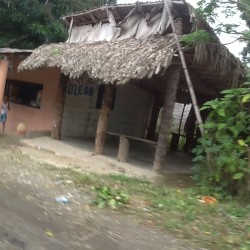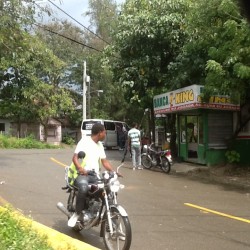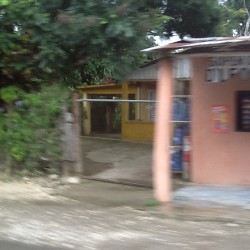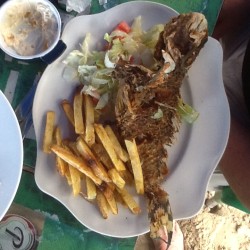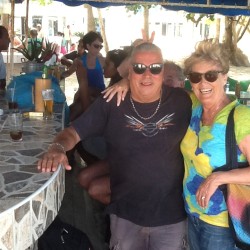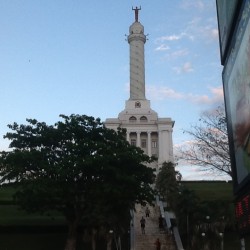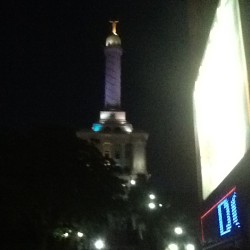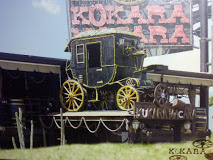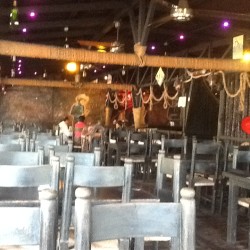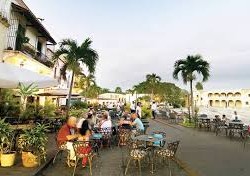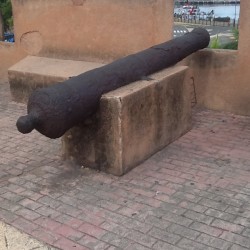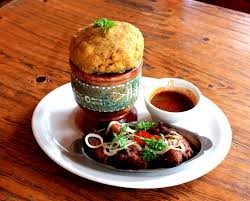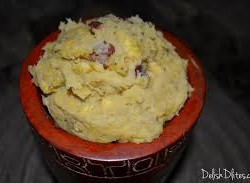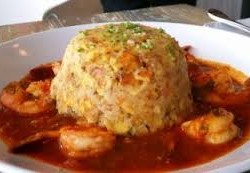Generally, research is looking for facts, collecting them, discussing them and coming to conclusions. I’m not talking about scientific discovery here, just gathering all of the information I can and talking endlessly with my friends and family about it. We talk about it, we think about it and come to lots of conclusions. It’s a whole lot of fun!
I’m reading a biography of Albert Einstein. I’m reading about this foremost researcher because I’m doing research on him. I want to put the many quotes that I love that are attributed to him in context. He’s quoted as saying “I never said half the crap people said I did.” So it would be interesting to document where and when these things were said although considering the passage of time and the premise that facts really are just people’s opinions, perhaps I’m chasing the elusive butterfly. In any event, I intend to have a good time doing it.
I’ve read that he didn’t thrive in school. Apparently he didn’t even complain about what he saw as a lack of nurturing learning in schools until he was out of school and much older. When his father asked what vocational training would be best for him, he was told it didn’t matter because he wouldn’t do well no matter what he did. But, he was curious. In fact, he said “I have no special talents. I am only passionately curious.”
“I believe in intuition and inspiration. … At times I feel certain I am right while not knowing the reason. When the eclipse of 1919 confirmed my intuition, I was not in the least surprised. In fact, I would have been astonished had it turned out otherwise. Imagination is more important than knowledge. For knowledge is limited, whereas imagination embraces the entire world, stimulating progress, giving birth to evolution. It is, strictly speaking, a real factor in scientific research.”
This quote is well-documented. It was first published in the Saturday Evening Post Oct. 26, 1929. It appears in an interview with George Sylvester Viereck entitled “What Life Means To Einstein.”
I’d like to sit down with Mr. Einstein and ask him to talk about intuition, inspiration, imagination, evolution and expansion. I get the feeling when I read about him, his attitude about his work and the many quotes attributed to him that he viewed them all as one process wrapped up all together. And I think he must have had a wonderful sense of humor, not in a way over my head intelligent sort of way, but in a very simple, down-to-earth way. Anyway, I love those ideas!
